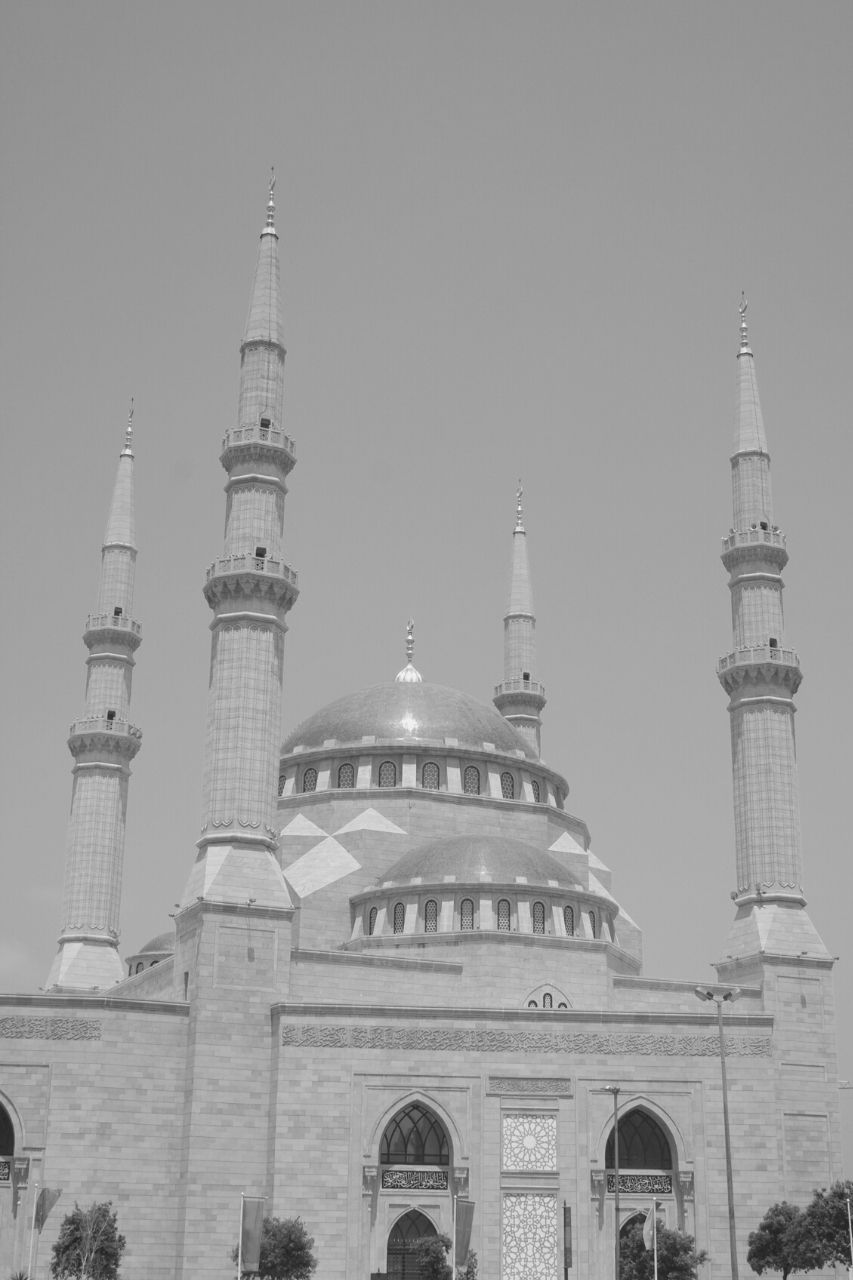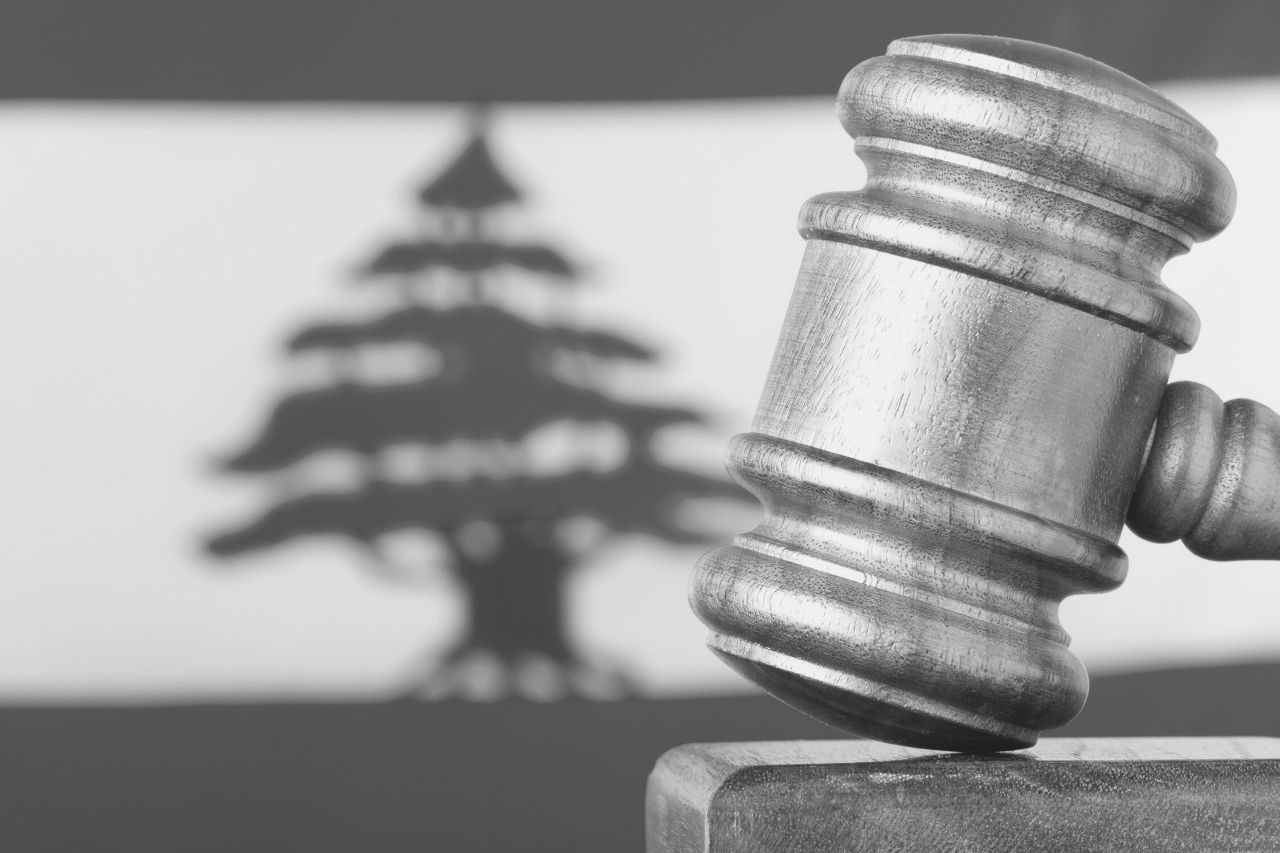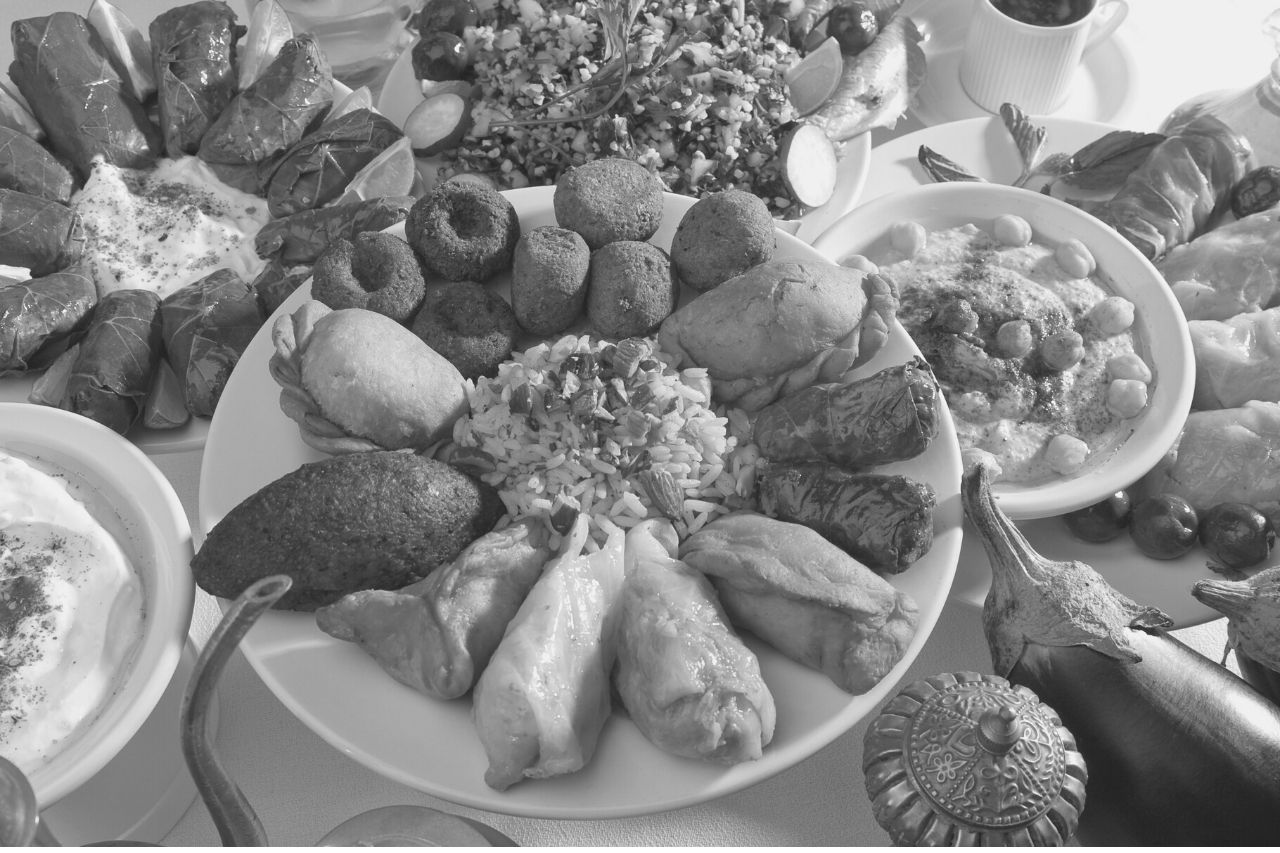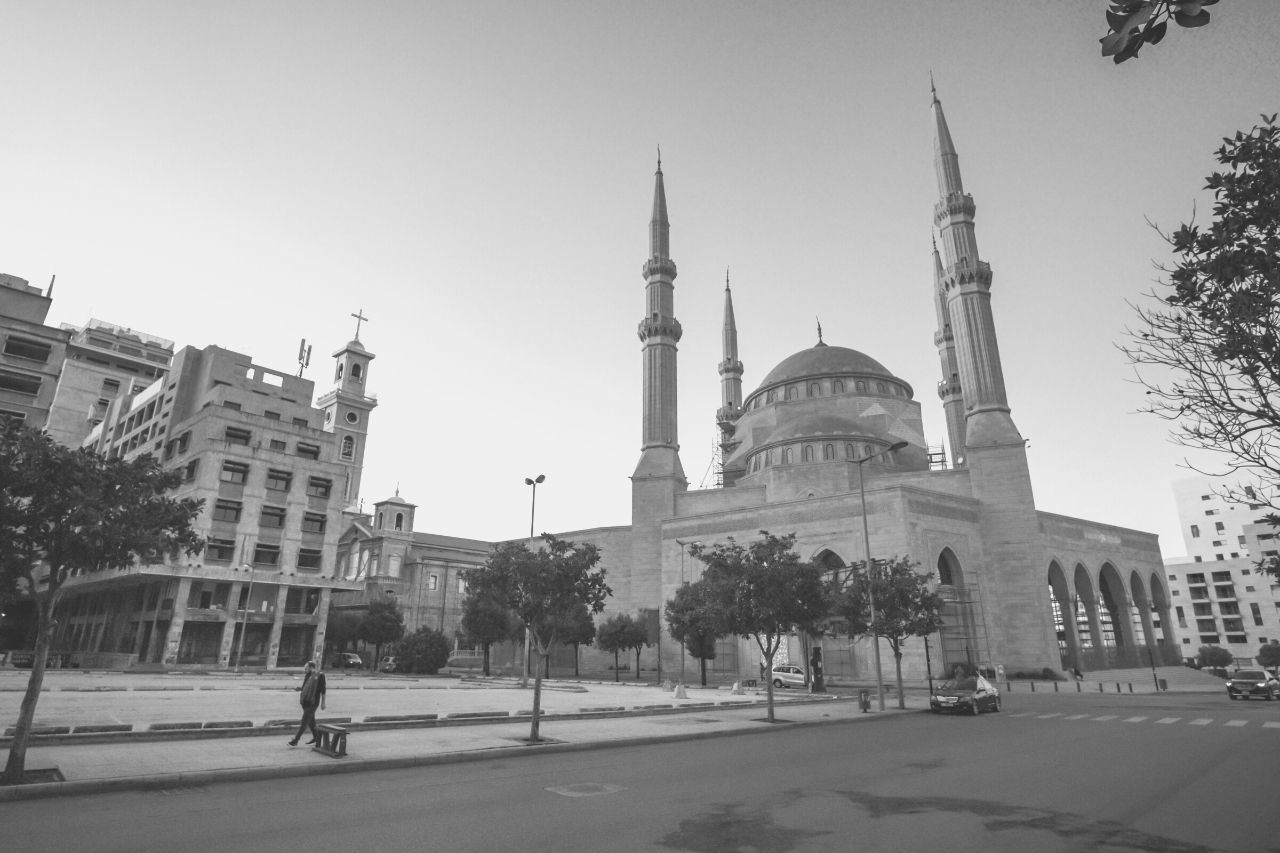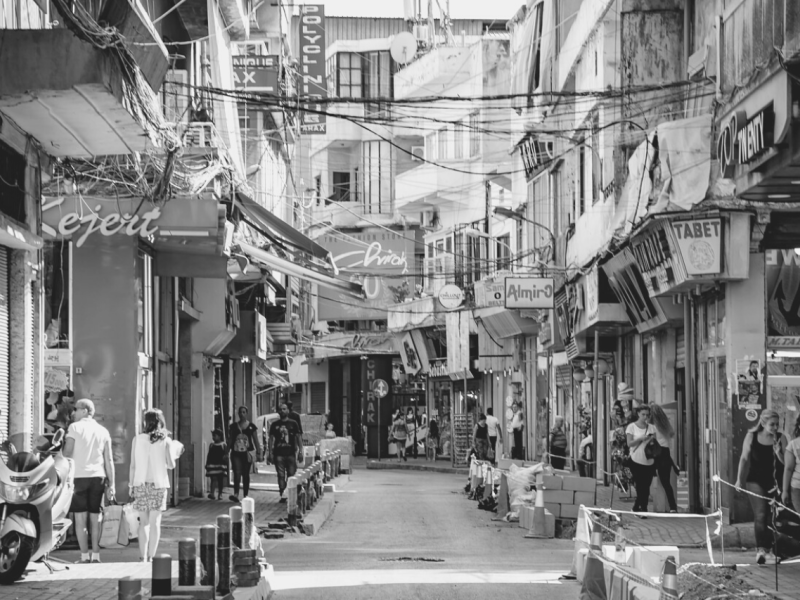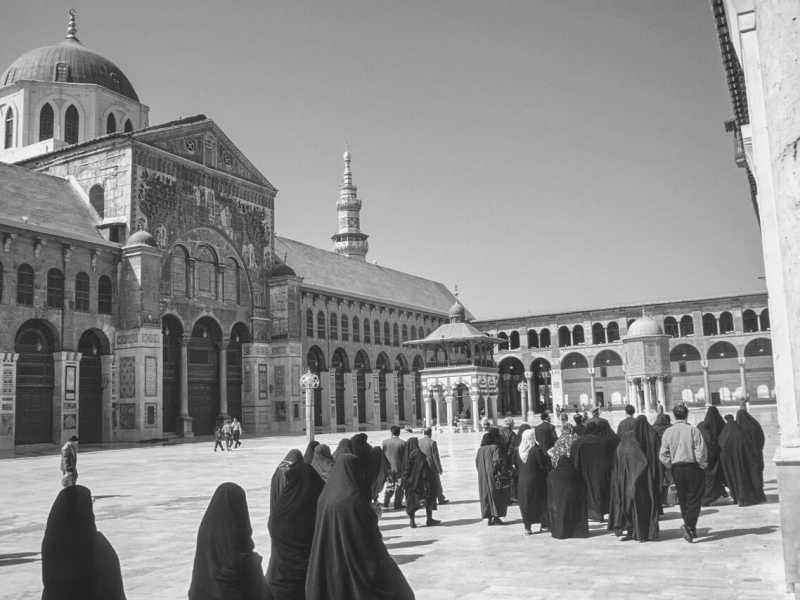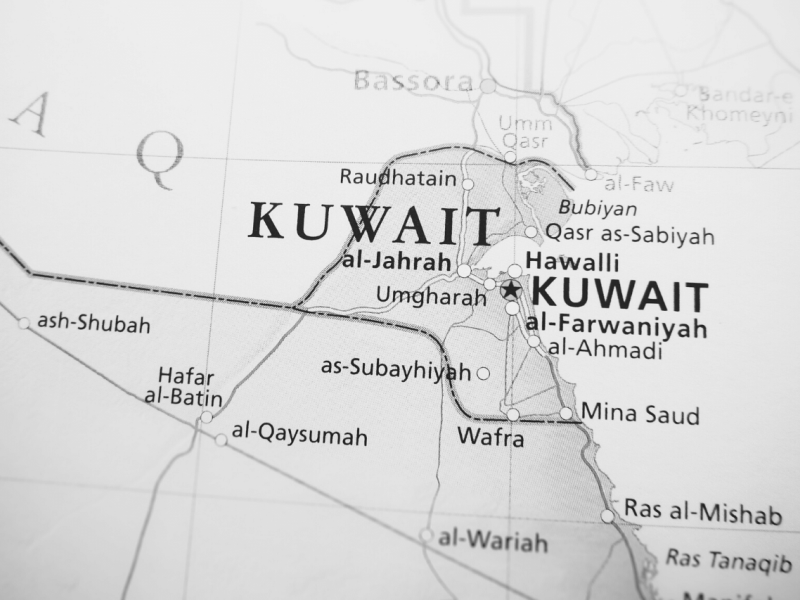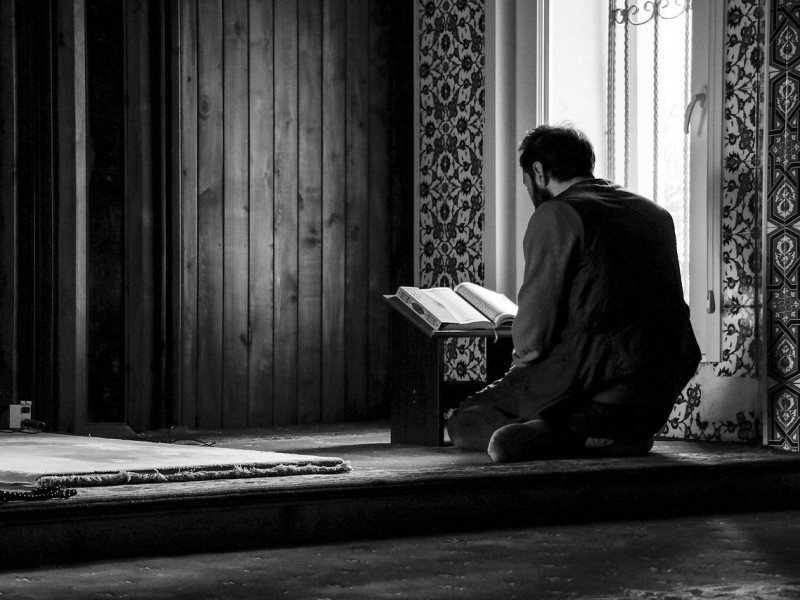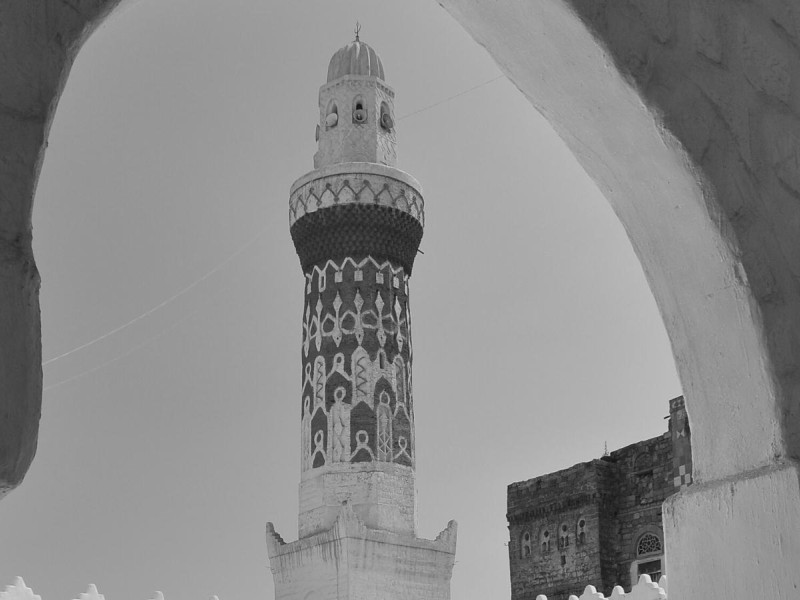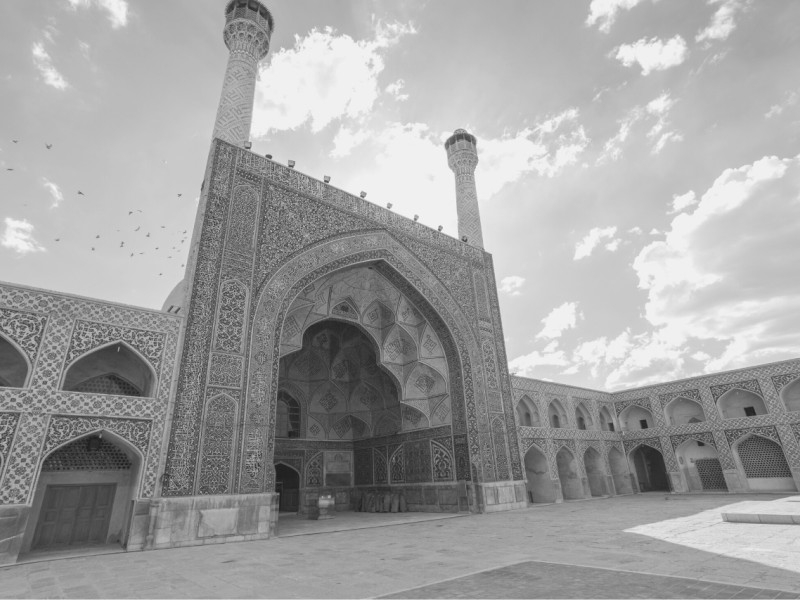Lebanese Religion: The Secrets of a Diverse Middle-Eastern Country
Amongst all states within the Middle East, Lebanese religion is the most diverse of all. Unlike other Middle East countries where Islam is the state religion, Lebanon’s citizens are a diverse mix of Muslims, Christians, and Druze.
This isn’t surprising knowing that Lebanon served as a refuge for persecuted Muslims and Christians since the 7th century. Despite a small population, counting under five million people, Lebanon has more than one million refugees.
What Is the Religion of Lebanon?
The major religion in Lebanon is Islam, followed by Christianity. Around 50 percent of its citizens are Muslims (Sunni, Shia, Alawites, or Ismailis) while Christians (Maronite, Greek Orthodox, Melkite Greek, Protestantism, Armenian Apostolic) make up around 45.7 percent of its population. Druze, often seen as a minority, makes about 5 percent of the Lebanese population.
There is no Lebanese official religion, but the country recognizes 18 different religious communities. Not only is Lebanon the most diverse country in the Middle East when it comes to religion, but it is also a secular state. This means that all of its citizens can enjoy freedom of religion.
Through the years, Lebanon’s complicated mosaic of religious sects has brought challenges within the country. Religious tensions have always had an impact on the country’s government, politics, and overall stability. Let’s see how this translates in Lebanon’s politics.
Christians cover 50 percent of the seats in the Lebanese Parliament. To guarantee a balance, the President is always a Christian, while the Prime Minister and Speaker of the House are Muslims. The Druze, for their part, occupy only 8 seats in parliament. According to the government, this system prevents civil war, as no single community can gain an overwhelming advantage over the others.
Christians in Lebanon
Christians in Lebanon belong to different Christian groups like the Maronites, Protestants, Orthodox, and Melkites. In relative terms, Lebanon has the highest number of Christians amongst all Middle-eastern countries. The largest and most influential denomination of all Lebanon’s Christians is the Maronites. The second-largest and more influential group is the Eastern Orthodox Church.
Other Christian groups in Lebanon include the Armenian Apostolic Church, the Syriac Orthodox Church and the Syriac Catholics, the Assyrian Church of the East, and the Chaldean Catholic belief. As stated above, Lebanese Christians hold 50 percent of the seats in Parliament. The seats are so divided among the different groups:
Maronites | 34 seats |
Eastern Orthodox | 14 seats |
Melkite | 8 seats |
Gregorian Armenians | 5 seats |
Catholic Armenians | 1 seat |
Protestants | 1 seat |
Other Christian minority groups | 1 seat |
Maronites
The Maronites are a group of Christians that separated from Orthodox Christianity in the fifth century. The name comes from a hermit who goes by the name St. Maroun, who lived in Syria. In the year 685 AD, Maronites had their first patriarch. It is since 1180 that they are an official branch of the Roman Catholic Church.
The Maronite Church has strong ties with the asceticism of the so-called desert saints, who lived in Syria, Egypt, Asia Minor, and Palestine. Who were these saints? They were men and women who withdrew from society and dedicated themselves entirely to prayer and penance in the fourth and fifth centuries.
Among these people, one of the most famous was the hermit priest Maroun. Maroun lived a very solitary life of prayer and fasting. According to believers, he was the first to attain the gift of wisdom. He died in 410 AD and his disciples — the Maronites — formed a monastic community near the city of Antioch, the ancient capital of Syria.
Muslims in Lebanon
Islam is still integral in the life of Lebanese Muslims but, unlike other Muslims, they are not as attached to their faith. A recent survey in majority-Islamic countries revealed that only 54 percent of Lebanese Muslims hold religion as a very important part of their life.
If we compare this data with the 69 percent of Turkey, the 86 percent of Jordan, or the staggering 90 percent of Pakistan, Morocco, and Indonesia, the difference is noticeable.
Also, Lebanese Muslims generally do not identify themselves with their religion, but with their nationality. The same survey underlined how only 30 percent thought of themselves as primarily Muslim. In the other surveyed countries, most Muslims identified with Islam first, and only then with their nationality.
Even most importantly, Muslims in Lebanon appear to have little concern for the global role of Islam. Only 47 percent of the Muslims questioned want to see Islam play a major role in the world. This is very low compared to 84 percent of Muslims in Morocco and 73 percent in the neighboring Jordan.
Sunnis and Shiites
When Islam became an official religion, the issue of the succession of caliphs brought about a conflict causing a split between two large sects. The result is the division between the Sunnis and Shiites. The Sunnis believe that caliphs should be the most virtuous of Muslims, regardless of their ancestry. Shi’ites, for their part, maintain that the only true caliphs can be the descendants of Mohammed.
After the caliphate of the Prophet Mohammed, he was succeeded by Abu Bakr, Umar, and Uthmar. After the killing of the latter, the Shi’ites claimed that the legitimacy of the first three caliphs should be void, as they didn’t descend from Mohammed himself.
This is how comes that Ali, the fourth caliph, was Mohammed’s cousin — and the only caliph that Shi’ites ever recognized. In 680, the son of Ali, Hussein, revolted but was slain in the battle of Karbala. Believers still celebrate his heroic deeds to this day during the Ashura. As of today, the Shi’ites are still waiting for a descendant of Ali to become the next prophet.
Sunni and Shia Islam are major religious groups in Lebanon. There are also other Shia groups in the country known as the Twelvers, Ismailis, and Alawites. Lebanese Sunnites are usually living in the larger cities of the country, such as Tripoli and Beirut. Just a few live in rural areas and the western section of the Beqaa Valley. Shiites, instead, mostly live in Southern Lebanon and South Beirut. There are also large communities living in the Hermel and Baalbek districts of the country.
Druze
The Druze represent a small percentage of the Lebanese population. Unlike the Christians and Muslims who are the dominant religion in Lebanon, the Druze make up just around five percent of the population. Druze are a splinter group from Shi’ite Islam that originated in Egypt in the 10th century. These minorities are often described as an esoteric ethnoreligious group who used to identify themselves as Unitarians.
Unlike the Shiites, they have no ritual and ceremony. No mosques or holidays. They also reject the five pillars of Islam. Druze believe in one thing: reincarnation, and that one can only become a Druze by birth. Druze also has an elite group of people who are allowed to have rituals and have access to their seven religious books. Most Druze in Lebanon live in the mountainous regions near Beirut. Their men usually wear low-hanging trousers and white caps. Women mostly wear white veils and long black dresses.
Lebanese Culture and Beliefs
Lebanon is a predominantly urban country with about 88 percent of its population living in urban areas. In fact, almost 2.5 million people live around its capital city, Beirut.
Like its Asian and Middle East neighbors, Lebanon has a collectivistic culture. This means that the needs of the collectivity are valued over that of the individual. The basic collective unit is the family. The importance of family is emphasized in all religions in Lebanon.
Religion also affects almost all areas of Lebanese beliefs and customs. Family laws such as marriage, divorce, and inheritance are handled in religious courts. Due to religious diversity, there is no one system for all citizens. However, despite the religious diversity of the country, Lebanese share a lot of cultural similarities.
Marriage and Family
Today, arranged marriages in Lebanese culture are rare, but they still exist. Polygamy is also legal among Muslims, but very few people choose this lifestyle. Marriage between different religious groups is accepted and also common. Divorce is decided on religious courts and is often easy for Muslims and harder for Christians. Still, the divorce rate in the country is low.
Lebanese households consist of a nuclear family. However, Lebanese people also place huge importance on extended family. Most households are patriarchal. It is often the eldest male who is the voice of authority. However, wives have more influence over children and can take decisions in several household matters.
Inheritance laws vary based on religion but usually favor male heirs. In rural villages, the land is the most valuable inheritance. In cities, money, apartments, and privately-owned shops are usually inherited. Children often live with their parents until they get married and start their own families. There are almost no elder care facilities and nursing homes in the country since most elders are often cared for by the younger members of the family.
When it comes to fashion, Lebanese Christians and Muslims who live in the cities wear modern stylish clothes. In the countryside, women sometimes wear traditional colorful skirts, while men wear traditional baggy trousers called “sherwal”. Today, almost all Lebanese wear modern clothing.
Holidays in Lebanon
Lebanese people celebrate national holidays and both Christian and Muslim holidays. For Christian holidays, they follow both the Gregorian Calendar and Julian Calendar. So they celebrate Christmas on December 25 and another one on January 6.
Muslim holidays follow the Islamic lunar calendar. Lebanese Muslims celebrate almost all Muslim holidays including Eid al-Fitr and Eid al-Adha. National Holidays include Independence Day, Workers Day, and Martyrs Day.
Lebanese Cuisine
Lebanese cuisine shares many similarities with the Eastern Mediterranean countries of Syria, Turkey, and Greece. The national dish is the kibbe, a meat pie made from lamb and burghul (cracked wheat).
They also have tabbouleh, which is a salad made from tomatoes, parsley, and burghul. Due to French influence, you’ll find lots of croissants and flans served everywhere in Lebanon.
The Lebanese diet consists mostly of grains, legumes, vegetables, fruits, and nuts. The method of preparation usually involves grilling, baking, and sautéing. The food flavor is also very important. Lebanese are known for their use of a lot of fresh spices and herbs. The essential ingredients in almost every dish are garlic and olive oil.
Lebanese enjoy pita bread, but many also frequently have rice and pasta. They also love hummus (a chickpea dip) and many other bean dishes. Hummus is often served with pita bread. Baba ghanouj, a dip of mashed roasted eggplants mixed with tahini paste is also a favorite appetizer dip served along with pita bread. Lebanese people also love “baklava”, a dessert made from pistachio and rose-flavored syrup.
When it comes to meat, Lebanese are fond of red meat and chicken. Their primary sources of protein are lamb, chicken, and beef. The “meze” style of serving food is very popular in Lebanon. This means that a group of four to small plates is served for a single meal. The dishes in each meze often complement each other. Eating in Lebanon is always a social activity. People rarely eat alone. Lebanese national beverage is arak, a strong liquor made from fermented grape juice. Beer is also a favorite Lebanese drink.
Summary
After reading this article, you should be confident when talking about religion in Lebanon! To help you remember all the highlights, here is a list of everything you have learned:
The main religion in Lebanon is Islam, followed by Christianity.
Around 50 percent of Lebanese citizens are Muslims, while Christians make up around 45.7 percent. Druze makes about 5 percent of the Lebanese population.
Lebanon has a higher percentage of Christian citizens than all other Middle Eastern countries. Christians in Lebanon belong to different Christian groups like the Maronites, Protestants, Orthodox, and Melkites.
Sunni and Shia Islam are the major Muslim groups in Lebanon. Lebanese Sunnis are usually living in the larger cities of the country such as Tripoli and Beirut. Shiites are mostly found in Southern Lebanon and South Beirut.
The Druze represent a small percentage of the Lebanese population. Most Druze in Lebanon are found in the mountainous regions near Beirut.
Lebanon is a predominantly urban country, with about 88 percent of its population living in urban areas.
Religion affects almost all areas of Lebanese culture and beliefs. Family laws such as marriage, divorce, and inheritance are handled in religious courts.
Lebanese households are largely patriarchal. However, women retain their influence over children and household matters.
Lebanese people celebrate national holidays and both Christian and Muslim holidays.
Lebanese Muslims celebrate almost all Muslim holidays, including Eid al-Fitr and Eid al-Adha.
For Christian holidays, Lebanon follows both the Gregorian Calendar and Julian Calendar. So there are two Christmases every year, on December 25 and January 6.
The celebrated National Holidays include Independence Day, Workers Day, and Martyrs Day.
Lebanese cuisine shares many similarities with other Eastern Mediterranean countries.
With all this knowledge about religious diversity in Lebanon, you are ready to go out there and impress your family and friends!

